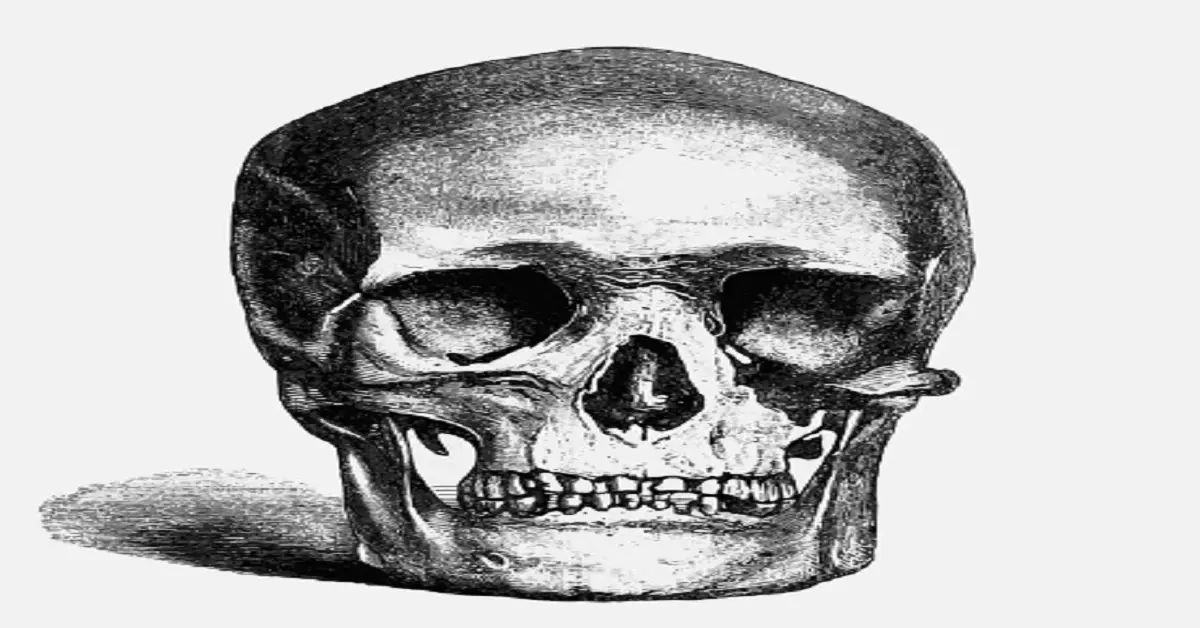drawing:oldj_7nsvxk= skull

Introduction to Skull Drawing
drawing:oldj_7nsvxk= skull .Drawing skulls is more than just an artistic endeavor; it’s a journey into understanding the human form. The skull, with its complex structure and intricate details, offers a perfect subject for artists to improve their skills in anatomy and shading. Why is skull drawing so important? It’s not just about creating spooky art for Halloween; it’s about mastering a subject that requires precision and creativity. Historically, artists like Leonardo da Vinci have studied skulls to better understand human anatomy, making it a vital practice for anyone serious about their art.
Materials Needed for Skull Drawing
Before you start drawing skulls, you’ll need the right materials.
Basic Drawing Tools
- Pencils: A range of pencils from H to B will give you the versatility needed for light sketches and dark shading.
- Paper: Good quality drawing paper that can handle erasing and shading.
- Erasers: Both kneaded and standard erasers for different types of corrections.
- Sharpener: A must-have to keep your pencils in optimal condition.
Advanced Tools for Detailed Work
- Blending Stumps: For smooth shading and blending.
- Mechanical Pencils: For fine details.
- Charcoal and Graphite Sticks: For rich, dark shadows.
- Ink Pens: For adding fine lines and details.
Understanding Skull Anatomy
To draw a skull accurately, you need a solid understanding of its anatomy. drawing:oldj_7nsvxk= skull
Major Bones of the Skull
The human skull is composed of several bones, including the frontal bone, parietal bones, temporal bones, and occipital bone. Each bone has distinct features that you’ll need to capture in your drawing.
Proportions and Symmetry
The skull’s proportions are critical. The eyes are roughly halfway down the head, and the width of the head is about five eyes wide. Symmetry is also crucial, as the skull is generally symmetrical.
Basic Skull Drawing Techniques
Simple Shapes to Start
Begin with basic shapes. Draw a circle for the cranium and an oval for the jaw. This foundational structure will guide you as you add details.
Sketching the Basic Outline
Lightly sketch the overall shape of the skull. Focus on getting the proportions right before diving into details. Use light lines that can be easily adjusted.
Detailed Skull Drawing Techniques
Adding Depth with Shading
Shading is key to making your skull look three-dimensional. Use a range of pencils to create gradients. Start with light shading and build up to darker tones.
Capturing Intricate Details
Details like the nasal cavity, eye sockets, and teeth bring the skull to life. Pay attention to the small ridges and contours that make each skull unique.
Common Mistakes and How to Avoid Them
Proportional Errors
One common mistake is getting the proportions wrong. Always double-check your measurements and compare different parts of the skull to ensure accuracy.
Overcomplicating the Drawing
While details are important, overloading your drawing with too many details can make it look cluttered. Focus on the essential features first.
Practice Exercises for Beginners
Drawing Different Angles
Practice drawing skulls from various angles. This will improve your understanding of its three-dimensional form.
Focus on Individual Features
Break down the skull into individual features like the eye sockets, jawline, and teeth. Practice drawing each feature separately before combining them.
Advanced Skull Drawing Exercises
Dynamic Poses
Challenge yourself with dynamic poses. Draw skulls in various positions to enhance your skills.
Artistic Interpretation
Go beyond realism and explore artistic interpretations of skulls. Play with styles and exaggerate features to create unique artworks. drawing:oldj_7nsvxk= skull
Using References for Skull Drawing
Importance of Reference Photos
References are invaluable. They provide a guide for accuracy and detail that you might miss otherwise.
How to Choose Good References
Choose clear, high-resolution photos from different angles. Anatomical models and real skulls are great, but high-quality images work well too.
Digital Skull Drawing
Tools and Software
Digital drawing offers a range of tools. Software like Adobe Photoshop, Procreate, and Clip Studio Paint are popular choices among artists.
Techniques for Digital Art
Use layers to separate different elements of your drawing. This allows for easy adjustments and refinements. Digital brushes can mimic traditional media, offering a versatile toolset.
Incorporating Skulls into Larger Artworks
Composition Tips
When including skulls in larger compositions, balance is key. Ensure the skull complements other elements rather than overpowering them.
Balancing Elements
Consider the overall flow of your artwork. Use the skull to draw the viewer’s eye, but maintain harmony with other components.
Exploring Different Styles of Skull Drawing
Realistic vs. Stylized
Realistic skull drawings aim for anatomical accuracy, while stylized drawings allow for more creativity. Both styles have their own appeal and can be used depending on the desired outcome.
Cultural Variations
Different cultures have unique representations of skulls. Explore these variations to add cultural depth to your work.
Inspiration and Motivation
Famous Skull Artworks
Look at famous skull artworks by artists like Damien Hirst and Jean-Michel Basquiat for inspiration.
Staying Inspired
Keep a sketchbook and draw regularly. Visit museums, follow other artists, and immerse yourself in the art community to stay motivated.
Resources for Further Learning
Books and Online Tutorials
Books like “Anatomy for Artists” and online platforms like YouTube and Skillshare offer excellent tutorials and insights.
Art Communities and Workshops
Join art communities and attend workshops. Engaging with other artists can provide new perspectives and valuable feedback.
Conclusion
drawing:oldj_7nsvxk= skull .Drawing skulls is a rewarding practice that hones your skills in anatomy, shading, and detail. Whether you’re aiming for realism or a stylized look, the techniques and tips shared here will guide you on your artistic journey. Keep practicing, stay inspired, and enjoy the process of creating skull art.